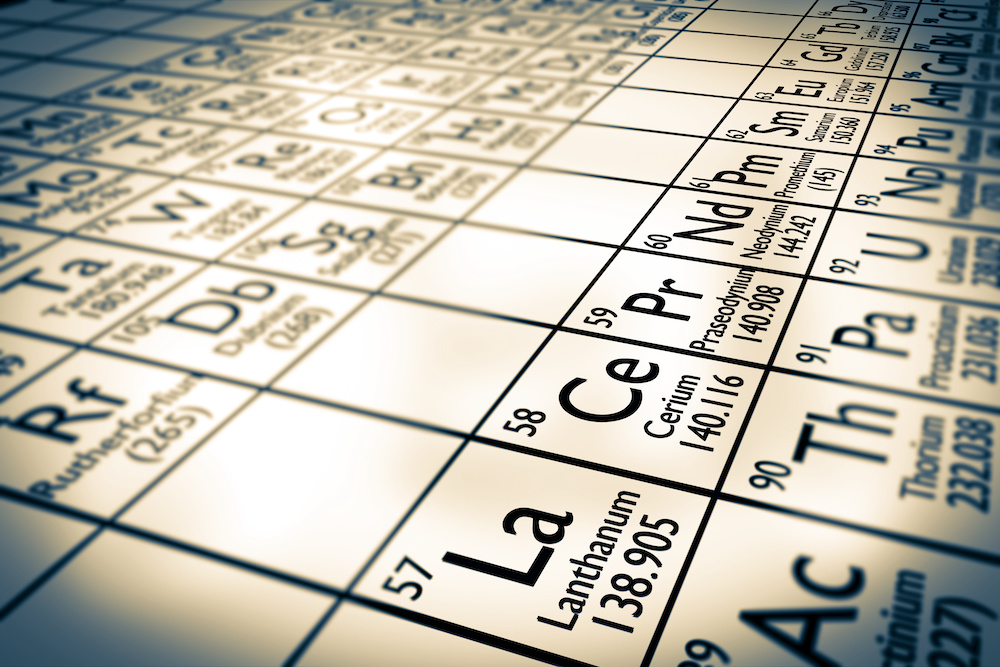USGS publishes 2022 critical minerals list

Much of the increase in the new list results from splitting the rare earth elements and platinum group elements into individual entries rather than including them as ‘mineral groups.’ The 2022 list of critical minerals adds nickel and zinc while removing helium, potash, rhenium and strontium.
“Critical minerals play a significant role in our national security, economy, renewable energy development and infrastructure,” said Tanya Trujillo, assistant secretary of the interior for water and science. “USGS data collection and analysis scans the horizon for emerging issues in crucial supply chains, and every three years identifies the nation’s current vulnerabilities to potential disruptions.”
The new list was created based on directives from the Energy Act of 2020, which indicates that at least every three years, the interior department must review and update the list of critical minerals. The USGS is also tasked with updating the methodology used to identify potential critical minerals, take interagency feedback and public comment through the federal register, and ultimately finalize the list of critical minerals.
The USGS says the list is intended to be dynamic and is in no way final.
“Mineral criticality is not static but changes over time,” USGS national minerals information center director Steven Fortier in a media release.
“The 2022 list of critical minerals was created using the most recent available data for non-fuel mineral commodities. However, we’re always analyzing mineral markets and developing new methods to determine the various and evolving critical mineral supply chain risks.”
The USGS says the new critical mineral list will form the basis for ongoing research quantifying critical mineral potential within the US.
In president Biden’s bipartisan infrastructure law, the USGS received funding for its earth mapping resource initiative, which will update the nation’s mapping of these minerals, including those still in the ground and those present in mine wastes.




